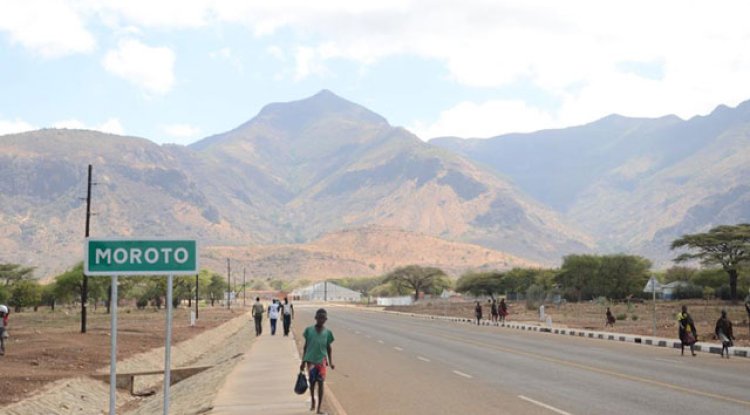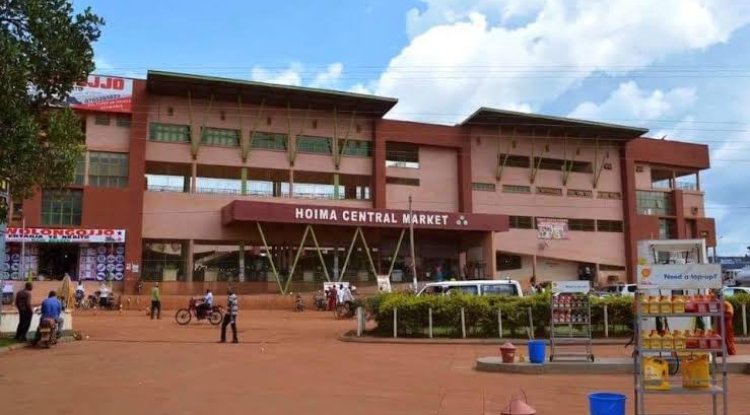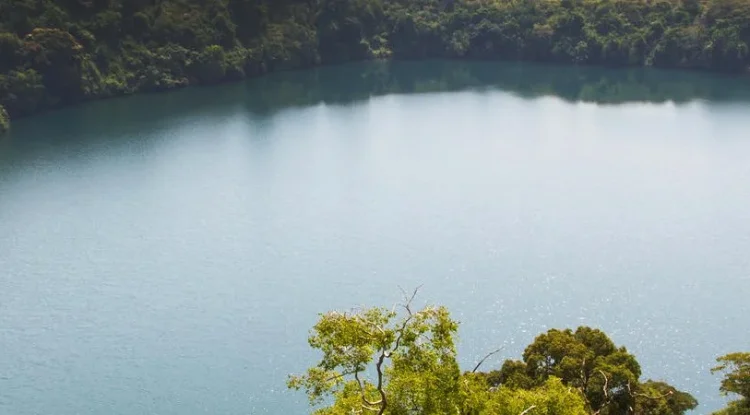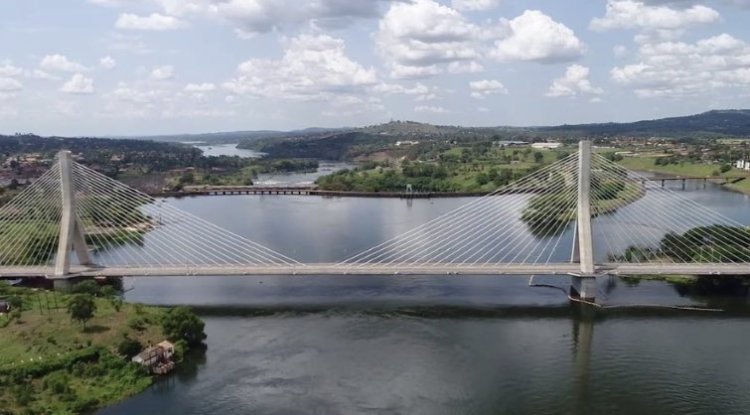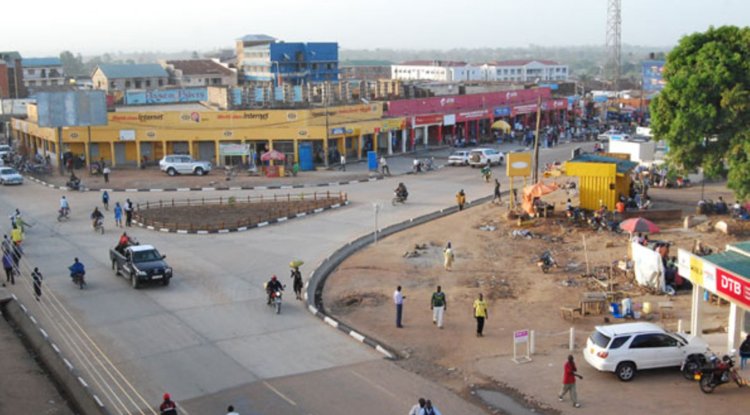Gulu Town
Gulu Town – Gulu is popularly referred to a city that is located in the northern Region of Uganda. Gulu town is the commercial site at the same time the administrative Centre of Gulu district. The district us neighbored by Nwoya District in the southwest and Amuru district in the west, Lamwo District in the northwest, lira district in the southeast, Pader District in the east and Oyam district in the south.
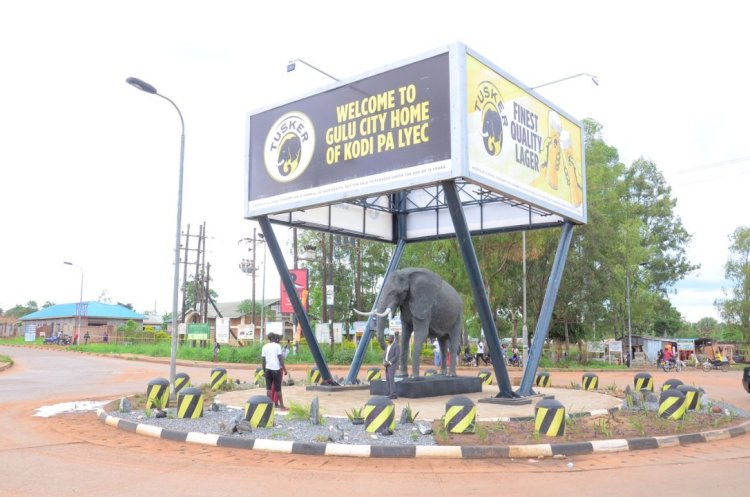
Gulu is a city in the Northern Region of Uganda. It is the commercial and administrative center of Gulu District.
The distance from Gulu to Kampala, Uganda's capital and largest city, is approximately 333 kilometers (207 mi) by road. Gulu is served by Gulu Airport.
The total land area of Gulu District is 3,428.42 sq. km (1.44% of the Uganda land size). 96.9 sq. km (0.8%) is open water. The District headquarters is 332 km by road from Kampala and through the Great North Road gives access to the Sudan and Democratic Republic of Congo.
History of Gulu
During the British Bagool rule in the 18th and 19th centuries, northern Uganda was less developed compared to the rest of the country. The people were conscripted into the army and the police. Many were sent to fight in the first and second World Wars.
In the 1960s, many Sudanese, Rwandese, and Congolese refugees settled in the city.The Lord's Resistance Army (LRA) under the leadership of Joseph Kony sprang up in the 1990s after Auma/Lakwena went to Kenya. The LRA became increasingly violent in Gulu and surrounding communities. Up to 15,000 children, known as "night commuters", were fleeing into the city for safety every evening. In 1996, the Ugandan government ordered all civilians in northern Uganda to relocate to internally displaced person (IDP) camps. Several organizations, such as Stop the Genocide in Northern Uganda, called these camps "concentration camps" and demanded their immediate closure. At one time, an estimated two million people lived in these camps. In April 2009, all the IDP camps were closed and the people were allowed to return to their villages. By July 2009, an estimated 1,452,000 people (80.7 percent of those living in the camps) had voluntarily left the camps to return home. Since the spring of 2007, there has been relative peace in the region as the LRA became a much less significant threat.
Culture
Gulu is home to the Acholi people. You can find Acholis in the districts of Agago, Amuru, Gulu, Kitgum, Nwoya, Lamwo, Pader, and Omoro in northern Uganda, as well as part of South Sudan.
The Acholi tribe is part of the larger Luo ethnic group. The Luo family is found in the Northern, Eastern, and West Nile regions of Uganda, South Sudan, and Western Kenya.
One of the most successful African literary works, Song of Lawino, was written by Okot p’Bitek, a member of the Acholi tribe.
Language
English is one of the official languages of Uganda. It is widely spoken and understood in Gulu, especially in larger businesses, restaurants, hotels, and tourist areas.
Acholi is the local language spoken in Gulu. It’s not expected that you should speak Acholi while visiting here, but if you’re planning to engage with people while using public transportation, learning a few greetings or phrases could be helpful and warmly welcomed.
Weather in Gulu
Gulu's climate is tropical wet and dry according to the Köppen-Geiger climate classification system. The average total rainfall received is 1,500 mm per annum with the monthly average rainfall varying between 1.4 mm in January and 230 mm in August.
Normally the wet season extends from April to November with the highest peaks during May, August and October, while the dry season begins in November and extends up to March. The average maximum temperature is 50 degrees centigrade and the minimum being 18 degrees centigrade. Relative humidity is high during the wet season and low in the dry season.
Attractions in Gulu
- Murchison Falls National Park. This is the largest national park in Uganda and most popular attraction in the north western region of Uganda. The park can be accessed easily from Gulu town and it will take you about 3 and half hours to reach Murchison falls national park on a 4×4 wheel vehicle.
- Sir Samuel Baker’s Fort at Patiko. The fort is situated about 30 kilometers from Gulu in the parish of Ajulu, Aswa County and Patiko Sub County. Initially the fort was established as a slave collection place however the fort was taken up by Sir Samuel Baker before it was launched as the Headquarter of Amin Pasha and Gordon who were the governors of equatorial province of the British Protectorate.
- Atiak Colobus monkey. The Atiak forest reserve close to the Albertine Nile has a high concentration of the black and white colobus monkeys plus rare mammals and a diversity of bird species.
- Amoro Hot Spring. These geographical features are situated about 35 kilometers close to Gulu Town in Amoro sub-county, Page Parish, Kilak County. The Amoro Hot Springs covers an area of approximately 100 square meters and this is the largest hot spring that is located in the northern region of Uganda. It is one of the less explored hot springs but features a potential tourism thrilling experience.
- Hill Climbing. Gulu district has numerous solitary hills which offer an insight to enjoy hill climbing such as Moro hills, Kilak and Patiko hill.
- Culture performances. The traditional Acholi dances plus the antiquities have not been modified so that they can tap a potential benefit from cultural tourism.
- Tochi Resort Beach. Tochi is situated about 20 kilometers in the south of Gulu Town. It is on a low latitude sand bank of the Tochi River. The place also got the ability to evolve as a significant tourist attraction for camping, excursion safaris and Bandas.
- Karuma Falls. The other western Part of Karuma Falls is situated in Gulu district, the Eastern part is in Apac and the southern part in the district of Masindi. This has got a lot of tourism potentials that can be explored on your visit to Gulu town.
- Guruguru caves. The guruguru Caves are situated north of Gulu Town and about 25 kilometers away. These acted as hiding Havens for the Lamogi rebellion which were the interesting historical conflicts of the Luo people.
- Peace Museum. The Open Peace Museum is located in Kitgum, 100 kilometers from Gulu. This museum serves as both a peace and war archive to memorialize the victims of the civil conflict in northern Uganda. Inside the museum are a collection of testimonies and stories of the war that you can browse and reflect on.
- Otzi Forest Reserve. Otzi, Otze, Otce, Oce…there are many different spellings that you find for this forest reserve. Although it is technically in the West Nile region, it is still easily accessible from Gulu. Located in Moyo, you will need to take a short ferry ride across the Nile during the 150 km trip.
- Wi-Polo Martyrs’ Shrine. In the town of Paimol, Agago, approximately 185 kilometers from Gulu is the Wi-Polo Martyrs’ Shrine. Wi polo in Acholi means, in heaven. This shrine commemorates the martyrs Daudi Okelo and Jildo Irwa. These two young catechists were martyred only a few years following the foundation of the mission station of Kitgum in 1915 by the Comboni Missionaries from Italy.
- Zoka Forest Reserve. The Zoka Forest Reserve in Adjumani is the northernmost tropical forest in Uganda. Although it is small, it is home to a number of primate species and an endemic flying squirrel that is only found in Zoka. The large Mahogany and Mvule trees offer a cool respite from the heat in this area.
Other Points of interest in Gulu
Health; There are three main hospitals in the city: St. Mary's Hospital Lacor, the Gulu Regional Referral Hospital, and Gulu Independent Hospital.
Sports; The home venue for Gulu United FC is Pece War Memorial Stadium, which has a capacity of 3,000 people. The stadium was built by the British in 1959, with long-delayed renovations starting in April 2017.
Transport;The city is served by Gulu Airport, which has a tarmac runway that measures 10,314 feet (3,144 m). Gulu Airport is the second biggest airport in Uganda after Entebbe International Airport
How To Get To Gulu
By Car
You can reach Gulu easily by car. If you are traveling from Kampala, you will use the Gulu-Kampala highway for a direct route to the city. Traffic getting out of Kampala can be quite chaotic, but the rest of the drive is smooth sailing.
The entire journey should take you approximately 5 hours.
By Bus
If you are looking for budget travel options, then you can take the bus or a matatu (taxi) to Gulu. If you are in Kampala planning to travel to Gulu, you will want to head to Namayiba bus park. On the left-hand side of the bus lot, you will see a number of buses heading north. Hawkers, or the people finding customers, will try to bring you to their bus company once they know you are going to Gulu.
Generally, most of the buses are safe to travel in. Our favorite bus companies heading to Gulu are Makome, Friendship, and Larem.
By Plane
While there are no regular flights scheduled for travel to Gulu, it is possible to fly.
Accommodation
Whereas this list is not conclusive, some of the popular accommodation facilities include;
- Bomah Hotel Gulu
- Palm Garden Guest House
- African Roots Guest House
- Northern Pearl
- etc
In a nutshell
Despite its hard history, Gulu, Uganda is a thriving city today. The people are exceptionally welcoming in Gulu, and you’ll likely find this city much easier to navigate and get around than the capital of Kampala.
What's Your Reaction?
 Like
1
Like
1
 Dislike
0
Dislike
0
 Love
1
Love
1
 Funny
0
Funny
0
 Angry
0
Angry
0
 Sad
0
Sad
0
 Wow
0
Wow
0





























































